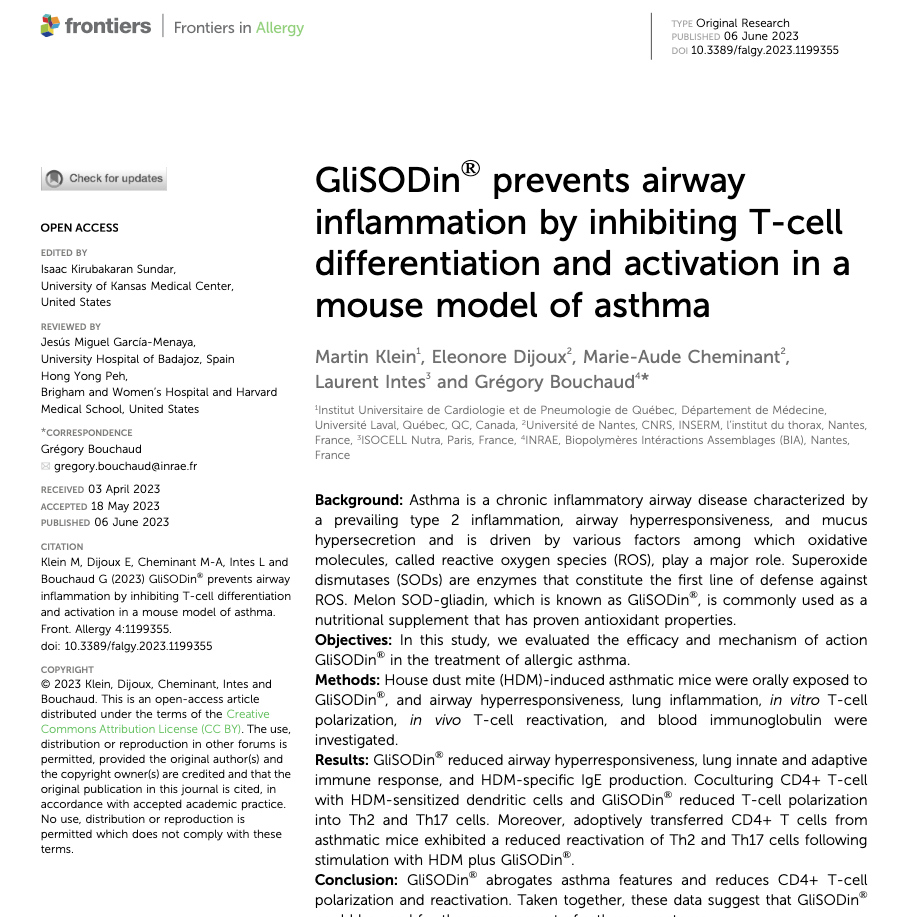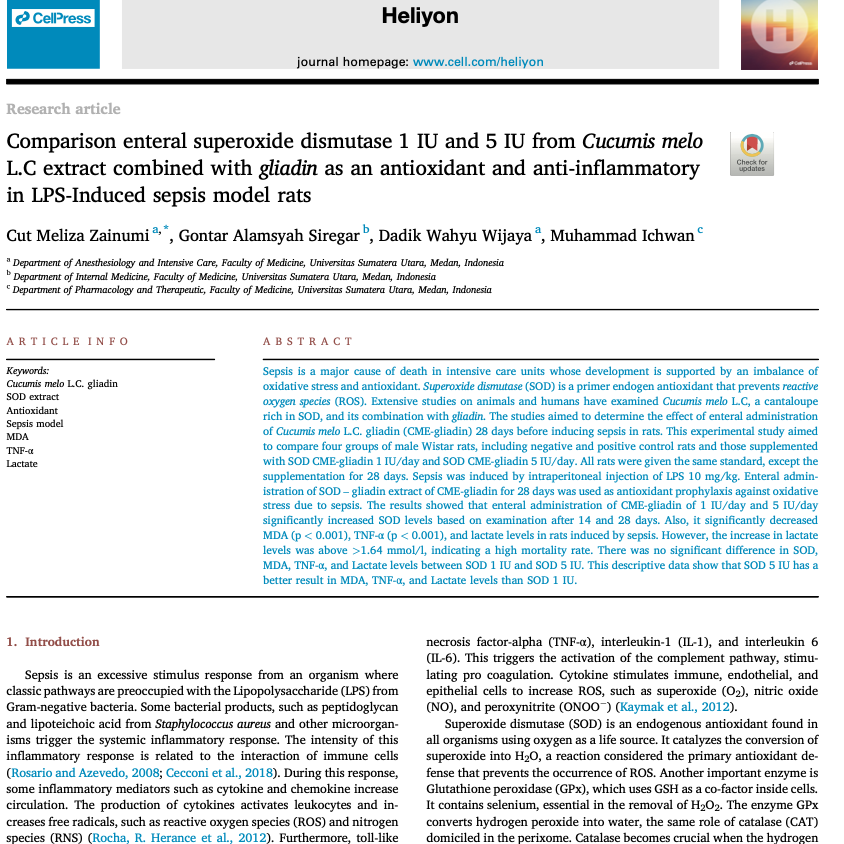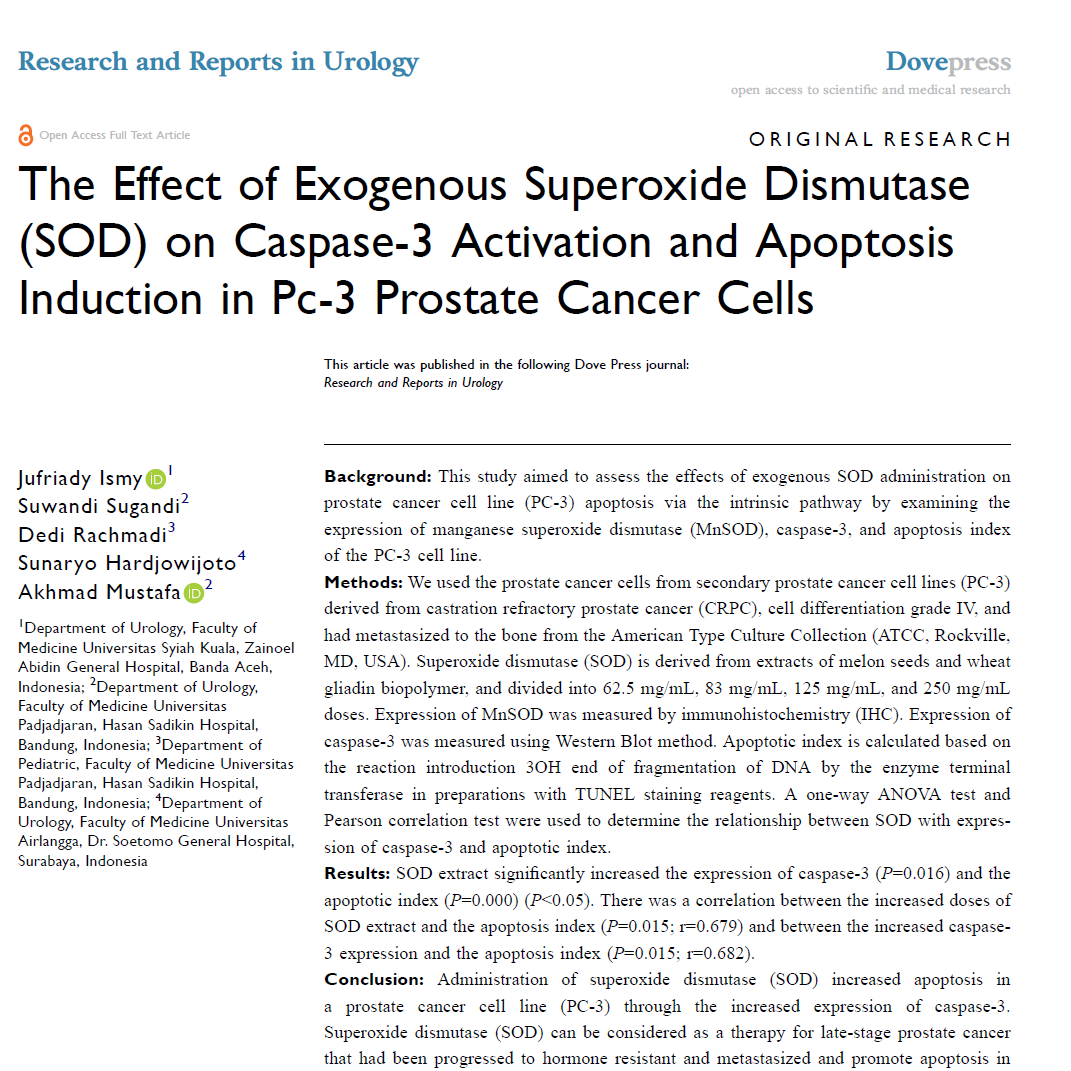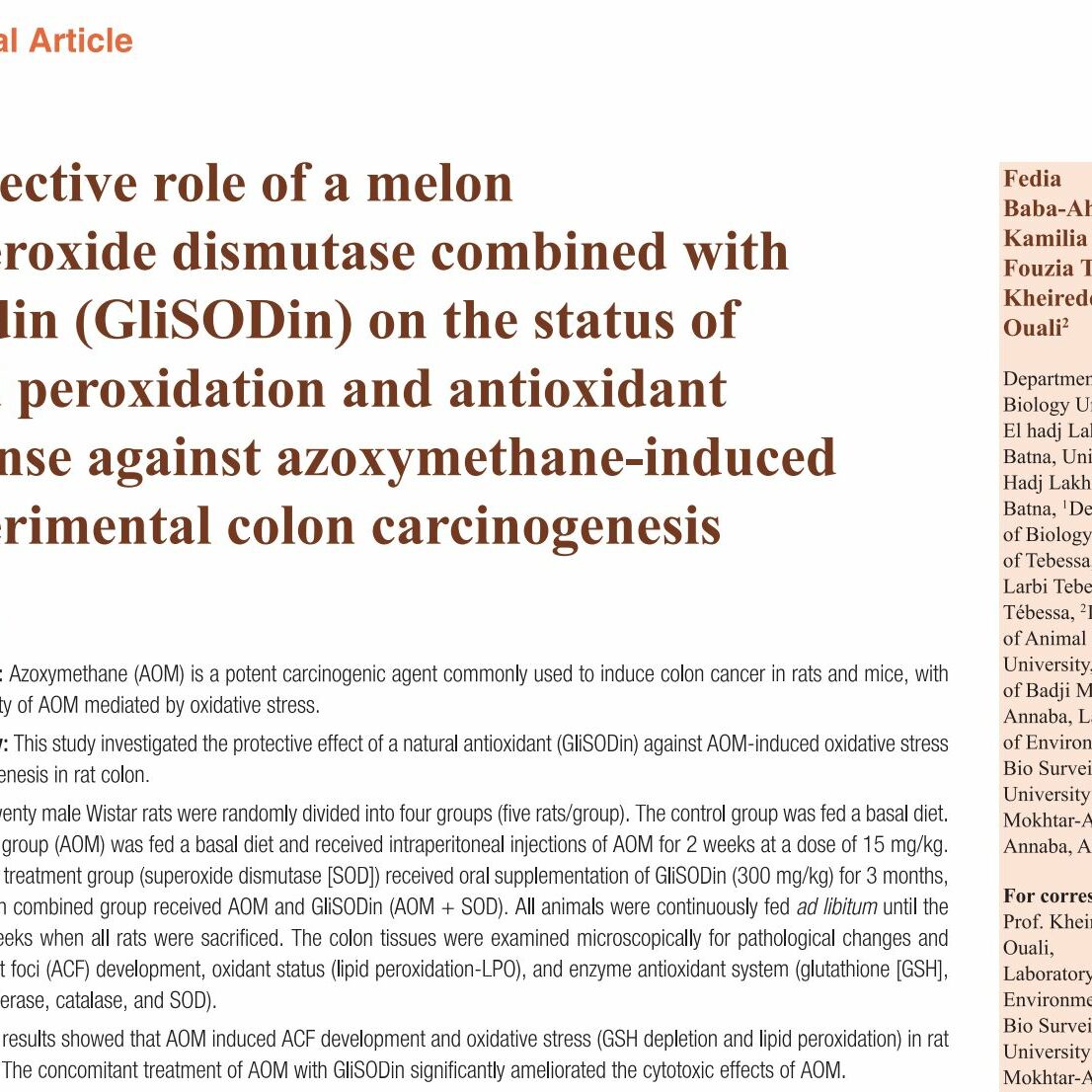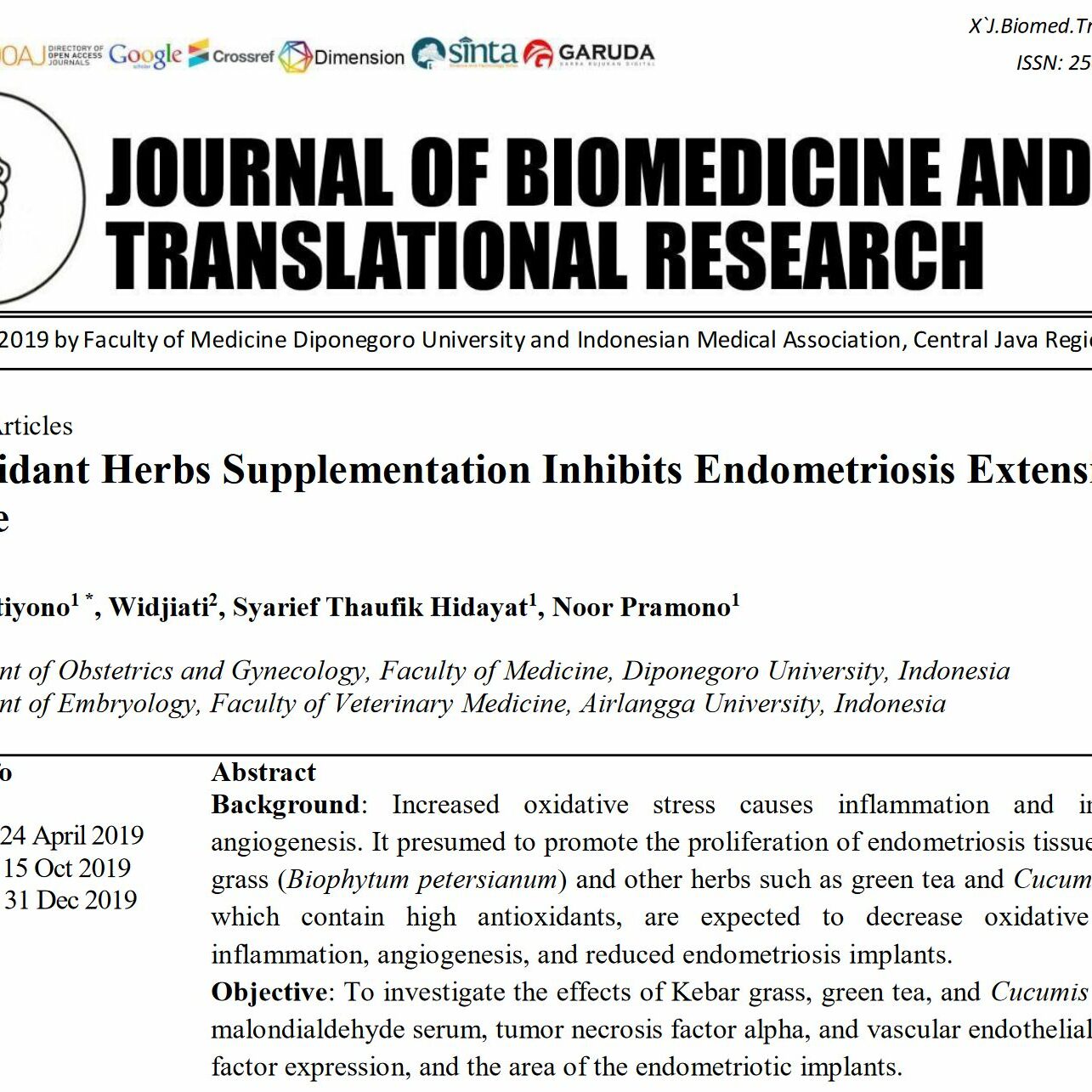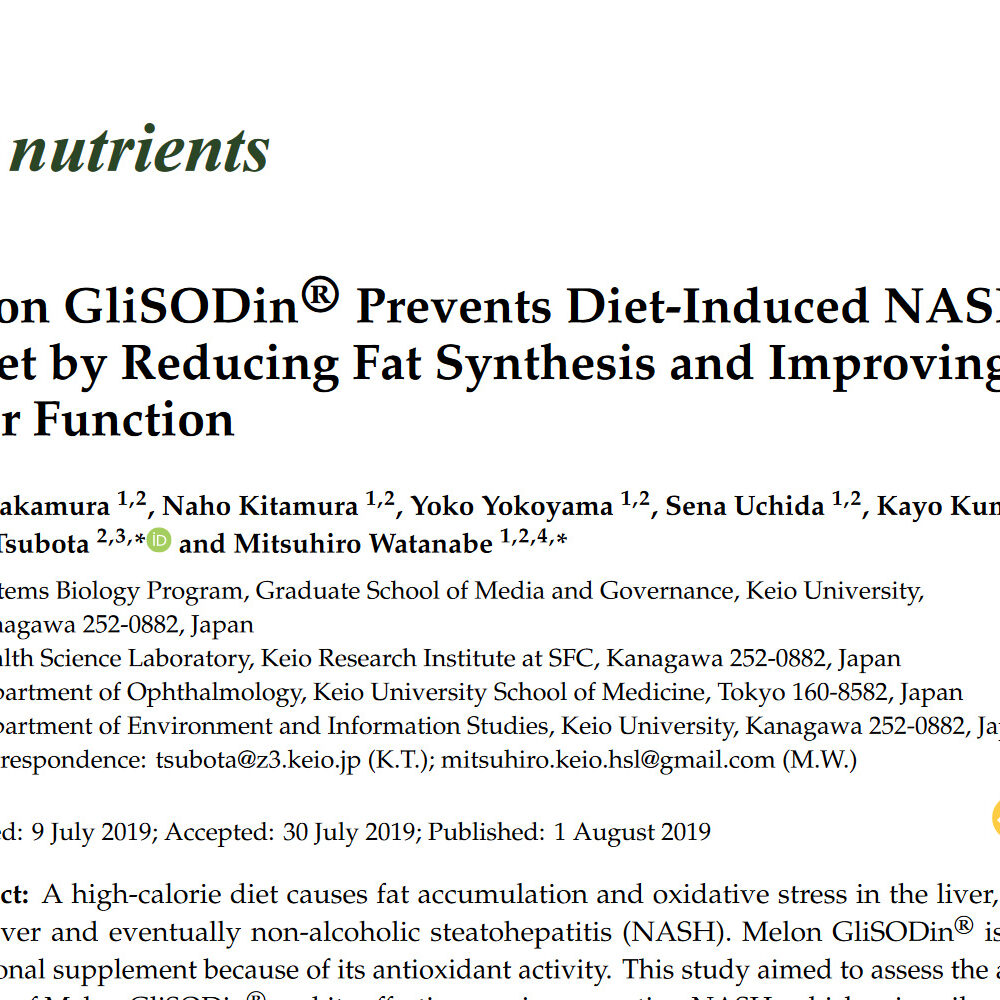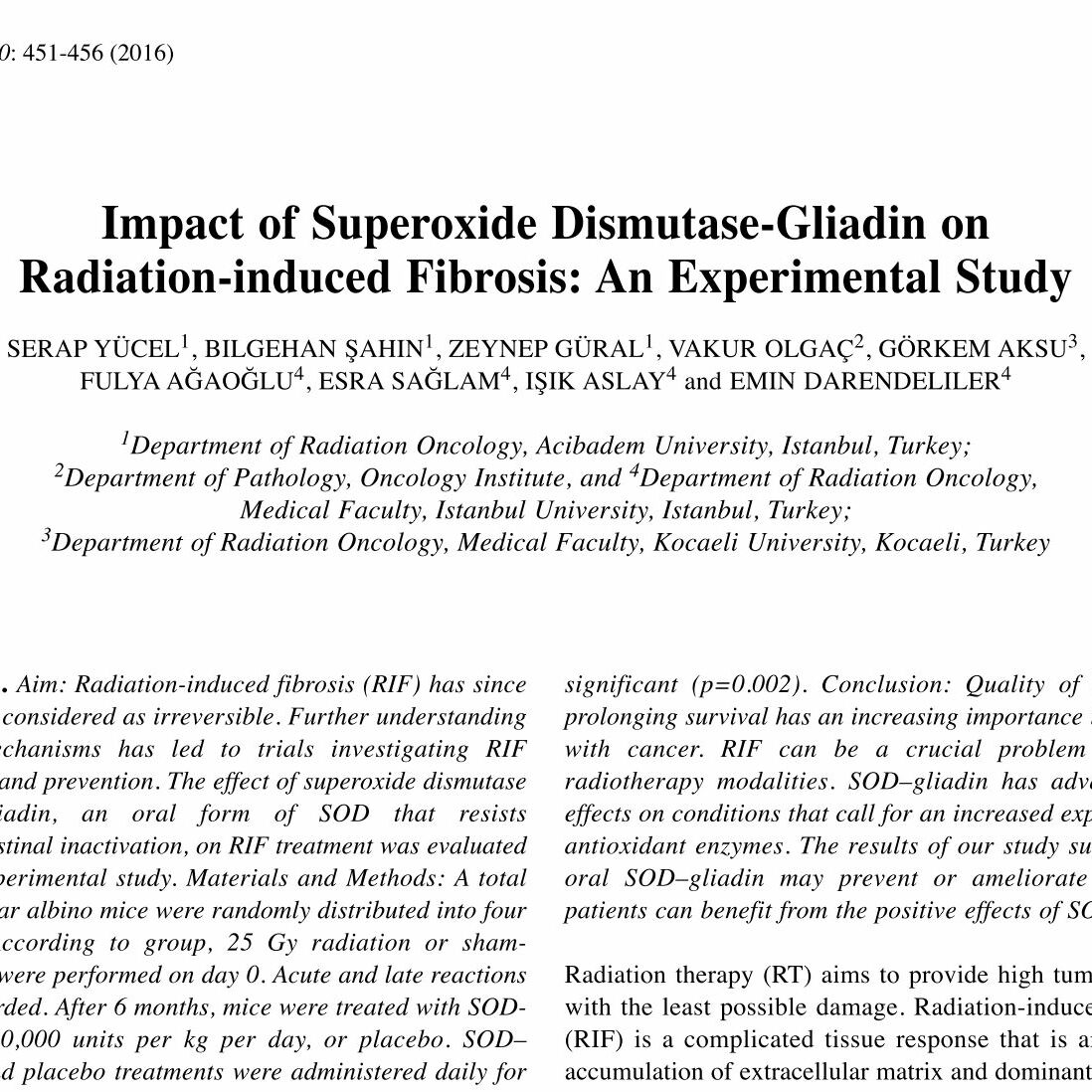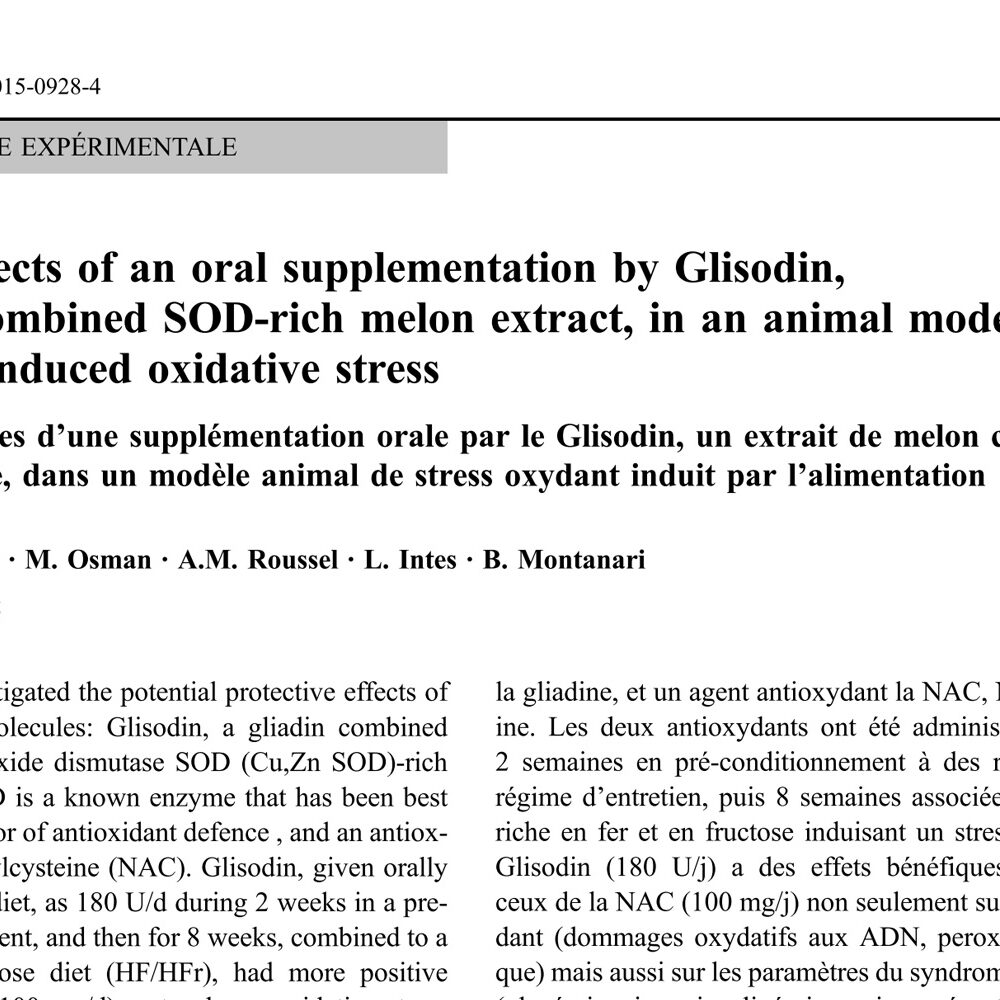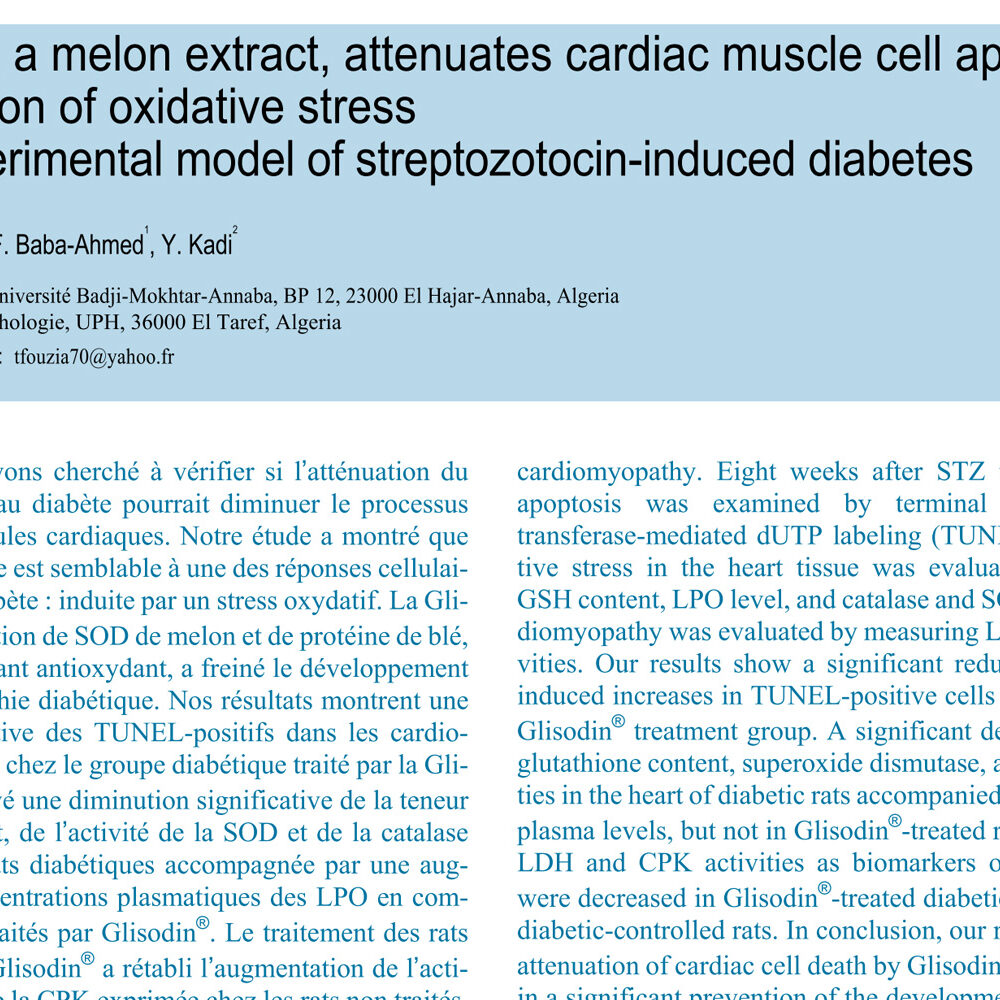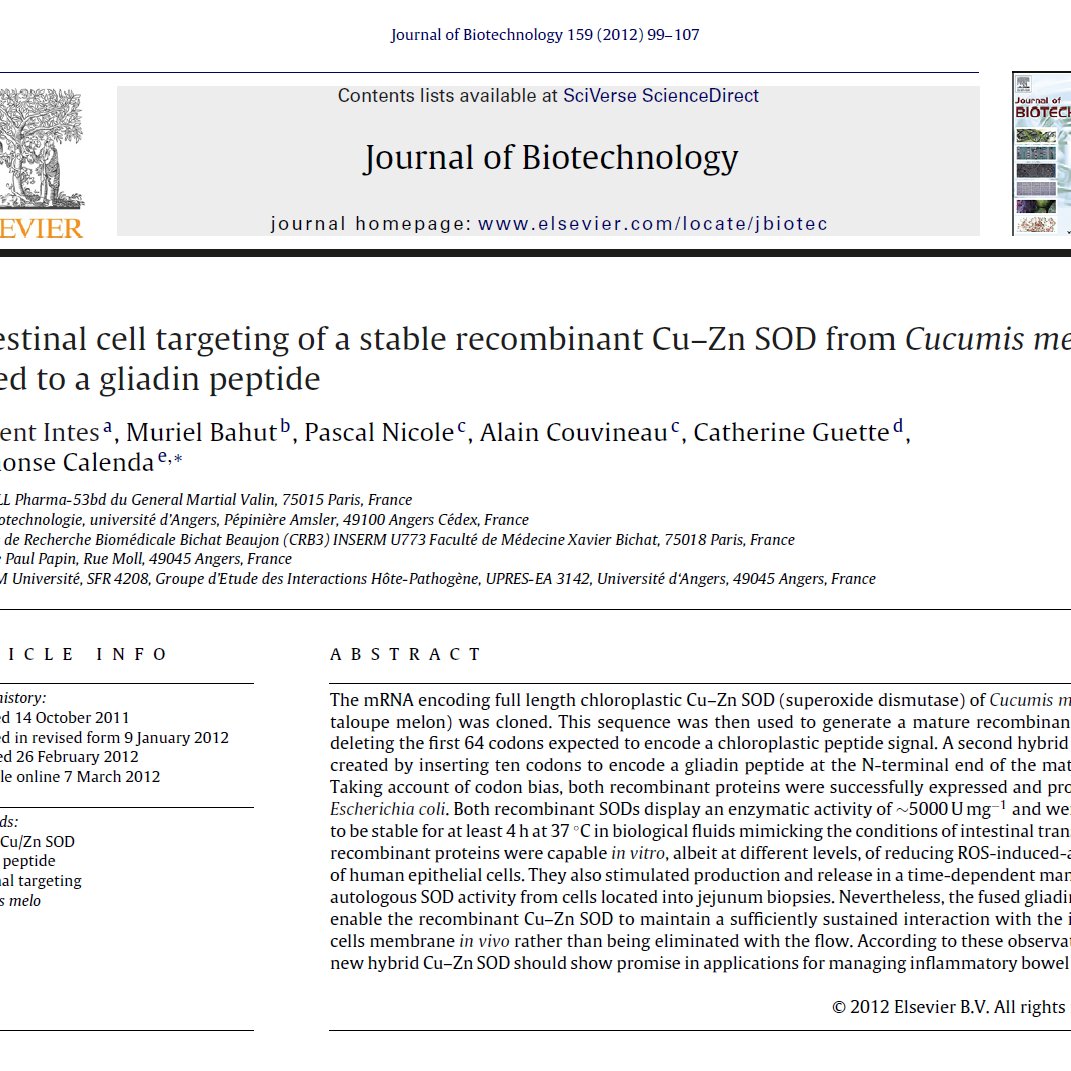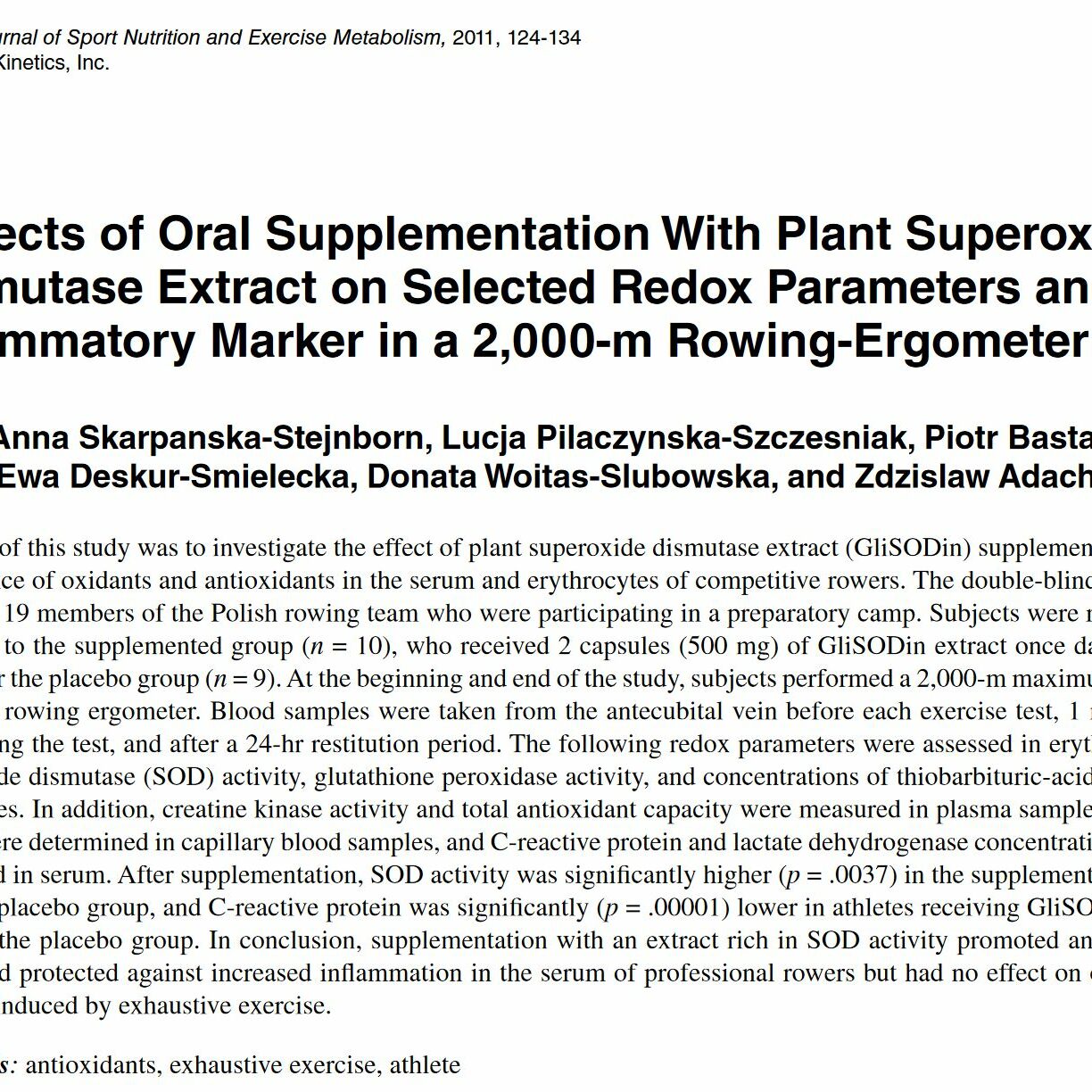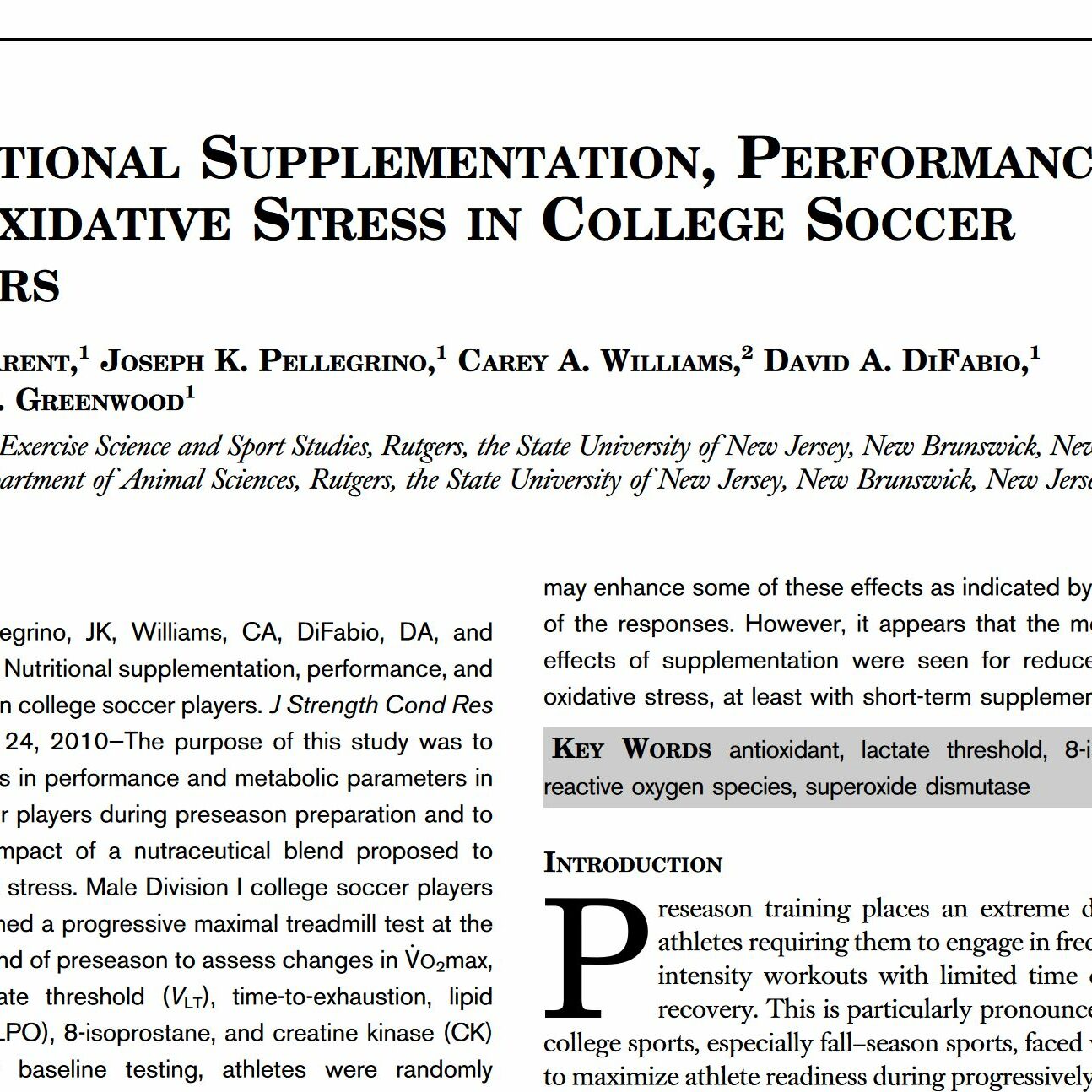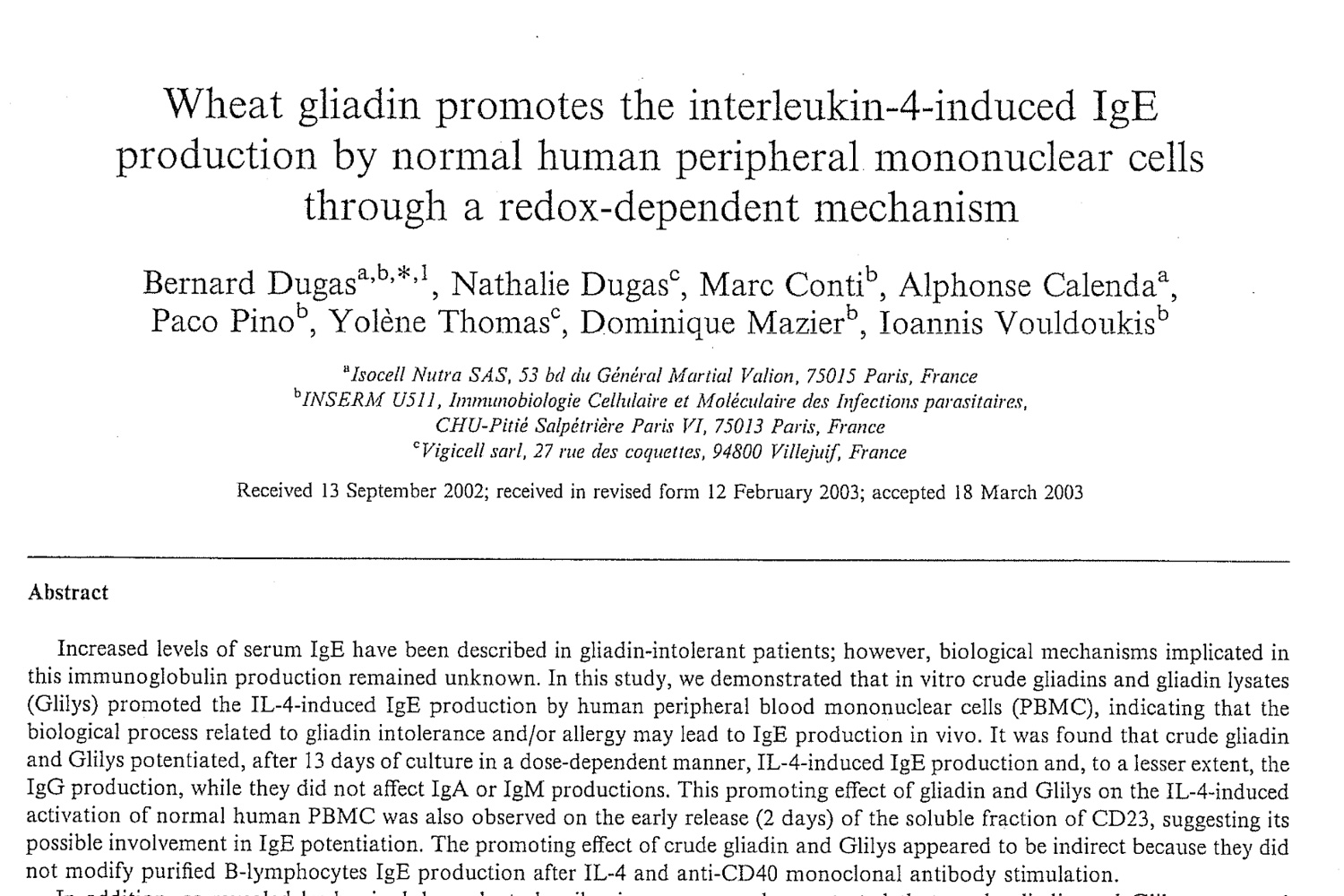
Authors: B. Dugas, N. Dugas, M. Conti, A. Calenda, P. Pino, Y. Thomas, D. Mazier, I. Vouldoukis.
- Journal: Cytokine .
- Date: 2003 March
- DOI: 10.1016/s1043-4666(03)00100-5
Abstract
Increased levels of serum IgE have been described in gliadin-intolerant patients; however, biological mechanisms implicated in this immunoglobulin production remained unknown. In this study, we demonstrated that in vitro crude gliadins and gliadin lysates (Glilys) promoted the IL-4-induced IgE production by human peripheral blood mononuclear cells (PBMC), indicating that the biological process related to gliadin intolerance and/or allergy may lead to IgE production in vivo.
It was found that crude gliadin and Glilys potentiated, after 13 days of culture in a dose-dependent manner, IL-4-induced IgE production and, to a lesser extent, the IgG production, while they did not affect IgA or IgM productions. This promoting effect of gliadin and Glilys on the IL-4-induced activation of normal human PBMC was also observed on the early release (2 days) of the soluble fraction of CD23, suggesting its possible involvement in IgE potentiation. The promoting effect of crude gliadin and Glilys appeared to be indirect because they did not modify purified B-lymphocytes IgE production after IL-4 and anti-CD40 monoclonal antibody stimulation. In addition, as revealed by luminol-dependent chemiluminescence, we demonstrated that crude gliadin and Glilys promoted a substantial production of free radicals by normal human PBMC, treated or not with IL-4.
This redox imbalance associated with an increased IgE production led us to evaluate the effect of pharmacological antioxidants (N-acetyl-cysteine (NAC) and Cu/Zn-superoxide dismutase (SOD1)) on IgE production by human PBMC. The NAC and the intracellularly delivered SOD1 were found to suppress the IL-4+/-crude gliadin or Glilys-induced IgE production by normal human PBMC. Taken together, these data indicated that gliadin specifically enhanced IL-4-induced IgE production by normal human PBMC, probably by the regulation of redox pathways, and that this ‘pro-allergenic’ effect could be counteracted by natural antioxidants: thiols and/or vectorized SOD1.
Categories: 2. Proof of concept, Scientific studies
Share this post

